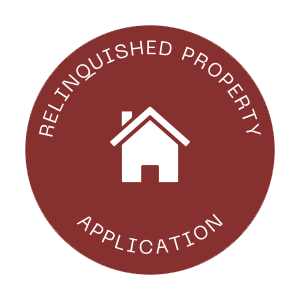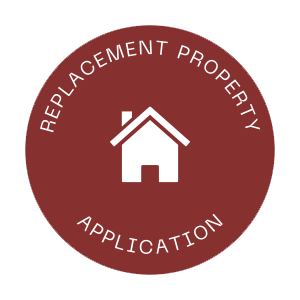
TYPES OF EXCHANGES
FORWARD DELAYED EXCHANGE
Most used process among taxpayers of all types of exchanges. Taxpayer sells Relinquished Property first and has 45 days to identify their Replacement Property. The Replacement Property is to be purchased within 180 days from date of sale closing of Relinquished Property. Both the 45 and 180 days start from date of sale closing of Relinquished Property.
REVERSE EXCHANGE
Taxpayer needs to purchase Replacement Property before selling their Relinquished Property. The IRC Code does not allow Taxpayer to take title to Replacement Property before selling Relinquished Property, therefore, under Rev. Proc. 2000-37, the Exchange Accommodation Titleholder (EAT), “parks” the Replacement Property. This gives the Taxpayer 180 days from date EAT parks the property to sell the Relinquished Property and purchase the Replacement Property from the EAT. The Reverse Exchange could also include improvements while the Replacement Property is being parked. Although this is a broad definition, each Reverse Exchange is tailored to meet the needs of the taxpayer. This type of transaction should be discussed with ESI two-weeks prior to Replacement Property closing as it is more complex than a Forward Exchange.
FORWARD IMPROVEMENT EXCHANGE
Taxpayer sells Relinquished Property and wants to use the exchange proceeds to purchase and improve Replacement Property. Since the Taxpayer cannot purchase first and then make improvements with exchange proceeds (and consider it part of the Replacement Property basis), Exchange Accommodation Titleholder (EAT), “parks” the Replacement Property while improvements are being completed. Once completed, Taxpayer acquires improved Replacement Property from EAT and not original Seller. This transaction also falls under Rev. Proc. 2000-37 for parking arrangements. Although this is a broad definition, each Improvement Exchange is tailored to meet the needs of the taxpayer. This type of transaction should be discussed with ESI two-weeks prior to Replacement Property closing as it is more complex than a straightforward Exchange.
REVERSE BUILD-TO-SUIT EXCHANGE (NON-SAFE HARBOR)
Taxpayer wants to improve vacant land or build and fall outside the scope of the 180 days in the normal exchange period. Therefore, taxpayer would not sell Relinquished Property until the project on the Replacement Property is near completion. The sale closing date could be scheduled out a year or more to allow enough time for construction on Replacement Property. This transaction also involves “parking” the Replacement Property while construction is being completed. Ultimately, Taxpayer sells Relinquished Property and acquires improved Replacement Property from Parking Entity. Although this is a broad definition, each Build-to-Suit Exchange is tailored to meet the needs of the Taxpayer. This type of transaction should be discussed with ESI two-weeks prior to Replacement Property closing as it is more complex than a straightforward Exchange.

